12 Things About Marie Curie That Prove She’s One of the Most Influential Women Ever
Marie Curie (also known as Madame Curie) was born Marie Sklowdowska in Warsaw, Poland, in 1867. At the time, Poland was a Russian territory, and residents had to abide by Russian rules, which included speaking Russian in schools (not Polish) and not publicly showing any pro-Polish sentiments, which wound up hurting Curie’s family, as it prevented her schoolteacher father from getting a good-paying job.
Curie’s early home life was interrupted by the death of her mother in 1878, when Curie was only 10. After this, Curie’s father enrolled her in a tough school, where she excelled in mathematics and science. She went on to work as a tutor before attending college in secret. The life of Marie Curie was not easy, but after moving to France as a young adult, she went on to become one of the first famous female scientists.
Tragically, one of the most important women in scientific history sacrificed her life for her work when she died of anemia caused by a lifetime of exposure to radiation.

In 1903, Marie Curie became the first woman to win a Nobel Prize. She received it for her work in physics, particularly in radioactivity, and shared the honor with her husband, Pierre Curie, and their co-worker, Henri Becquerel.
Eight years later, Marie became the only person to win a Nobel Prize in two different fields, when she was awarded one in chemistry as well, this time for her discoveries of the elements polonium and radium. She received this latter Nobel Prize on her own – it wasn’t shared with anyone else – although she credited her late husband (Pierre died in 1906) for his help.
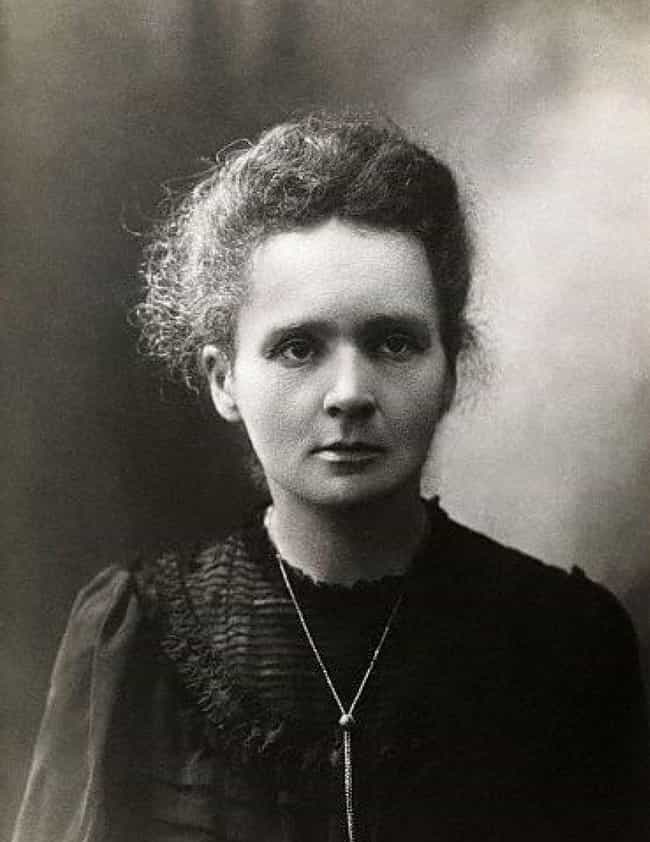
In 1903, Marie Curie began working at the Sorbonne in Paris as Head of the Physics Laboratory, succeeding her husband, Pierre, who previously held that position. After Pierre’s death in 1906, Marie took over his other job – Professor of General Physics in the Faculty of Sciences – at the Sorbonne. She was the first woman to hold this position, which matters a great deal, given the fact that most women in Europe during this time period worked as manual laborers on farms or in factories, served as nurses, or taught elementary school, if they worked outside the home at all. Professorships simply weren’t « women’s work » – unless you were Marie Curie.
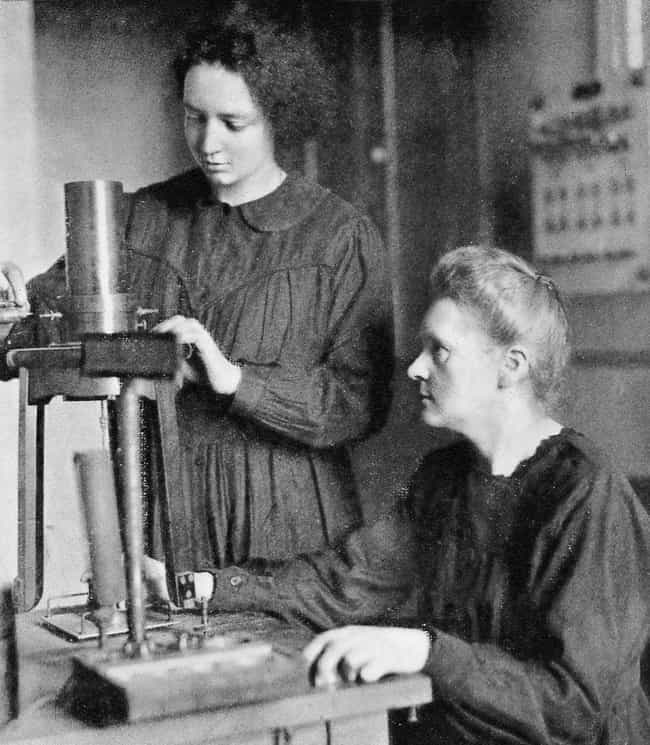
Tragically, Marie and Pierre Curie sacrificed their health for their work. The negative health effects of radiation were not well understood in the Curies’ time and they took no precautions when handling substances like radium.
For the last two decades of her life, Marie was plagued by health problems caused by her dangerous work, including going almost blind from severe cataracts. She died at the age of 66 from aplastic anemia, a blood disorder caused by high levels of exposure to radiation. In fact, her laboratory was so radioactive that her notebooks from over a hundred years ago are still not considered safe to handle and are stored in a lead box.
Pierre also suffered symptoms of severe radiation poisoning, though he died in an unrelated accident at the age of only 46.
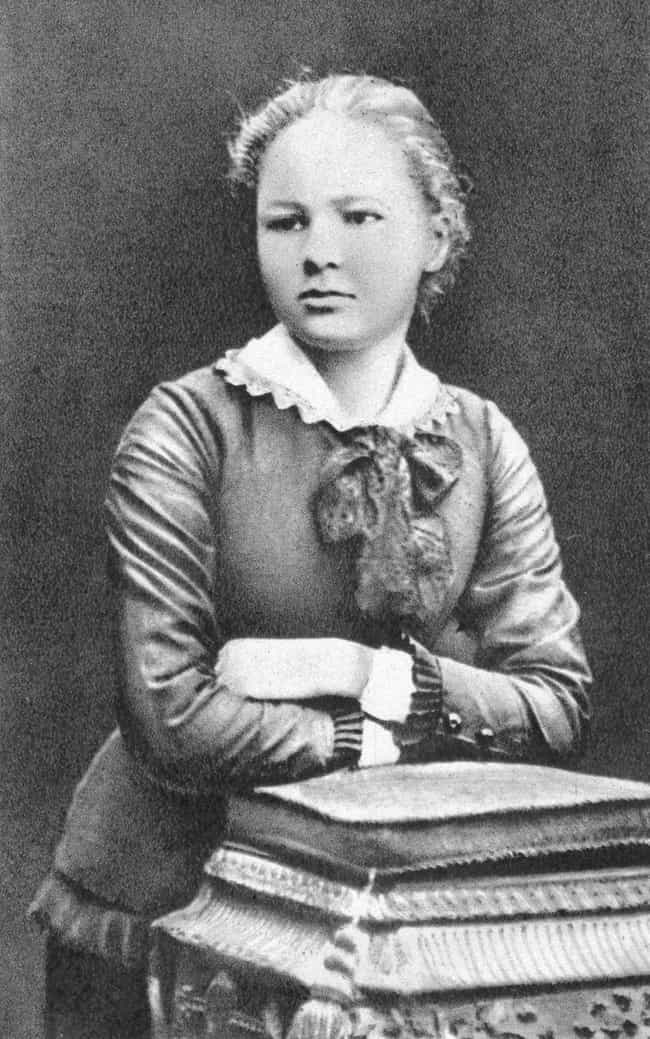
Marie Curie was raised in Warsaw, a city in Poland that was, at the time, a part of Russia. Schooling for women was rare everywhere during the 1800s, but it was particularly hard to come by in Russia, where most colleges wouldn’t accept women at all. Curie received a standard lower school education at the all-girls Gymnasium Number Three (a term for a Russian school). Although the school was strict, it had good teachers, particularly the one who taught physics.
Curie received a gold medal from that school upon graduation and then attended college at the Floating or Flying University,a secret school in Warsaw created to work around the strict censorship and other requirements put into place by the Russian government.
After moving to Paris and meeting Pierre Curie while studying at the Sorbonne, Marie went on to earn a PhD from the University of Paris. She was so poor as a student that she lived on only bread and tea, and would occasionally faint from hunger, but nothing would deter her from her work.

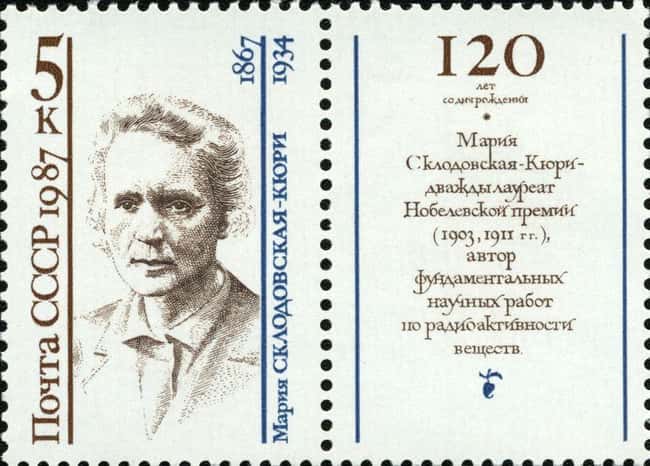
After the end of World War I, Marie Curie began to travel the world in order to raise money for her Radium Institute and for her scientific studies. As part of her fundraising campaign, she was invited to meet with President Warren G. Harding, who gifted her with a gram of radium worth approximately $100,000.
Before her visit, the French government offered to give Curie the French Legion d’Honneur medal. However, she refused the award, upset about not being allowed to join the French Academy of Science when some members refused to vote for a woman.

Early on in her scientific career, Marie Curie discovered two important radioactive elements. She called the first one polonium, after her home country of Poland. The second was named radium. Both were discovered in 1898. Radium became famous for its glow-in-the-dark properties and was used on the dials of watches until it became clear that exposure to its radioactivity was harmful to people’s health.
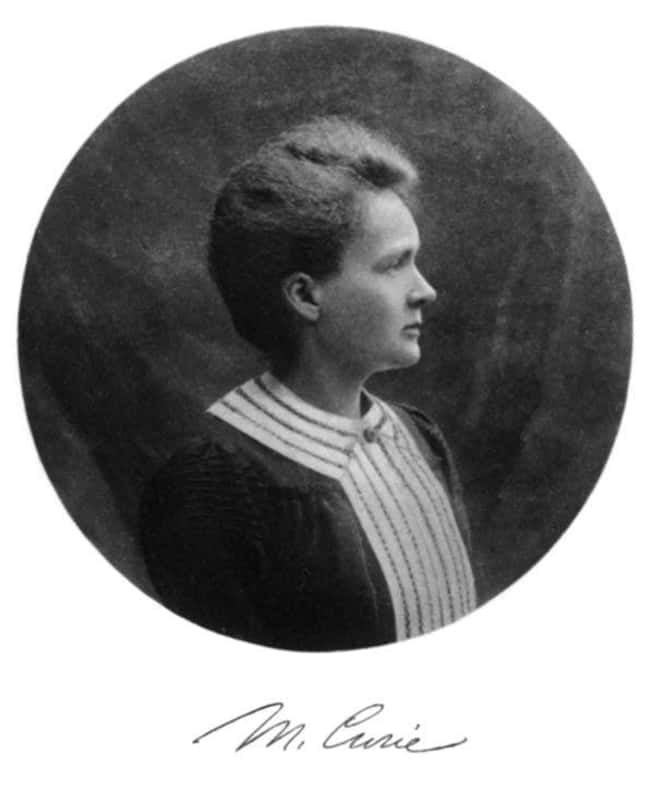
Marie Curie and her husband, Pierre, worked on expanding the discovery of Henri Becquerel, a French physicist. Becquerel worked on uranium, which he noticed gave off rays of energy similar to X-rays. Building on his idea, Marie came up with the theory that the rays coming from uranium were a part of the atomic structure of the element, and emanated from it constantly. She came up with a new term for this development: radioactivity.
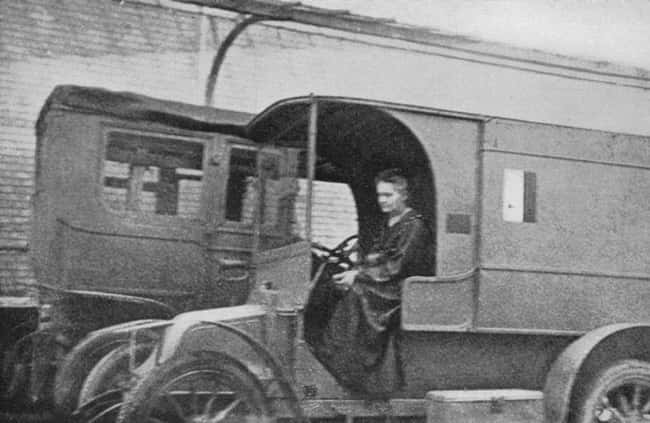
Marie Curie developed a new technology based on the discoveries of previous scientists who worked on X-rays. Thanks to her knowledge of radioactivity, Curie was able to create small, portable X-ray machines for use on World War I battlefields. These machines, driven around by military vehicles, were called « Little Curies. »
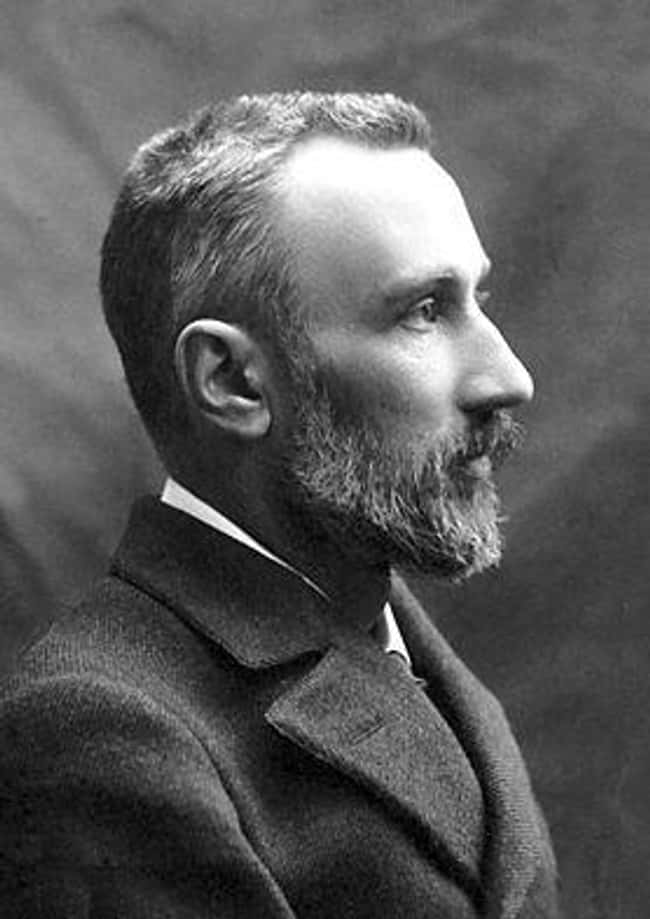
Marie Curie and her husband, Pierre, were married in 1895, one year after they met. He was eight years older than she, 36 to her 28 years old. They reportedly had a close and happy relationship, and the pair remained married until his accidental death in 1906 as a pedestrian struck by a horse-drawn carriage.
Despite their close partnership, neither was a romantic. Marie wore a simple blue dress to their civil wedding ceremony and then wore it for years after while working in the lab.
The two shared many hobbies, including bicycling and travel, and had two daughters, though Marie also suffered a miscarriage that left her depressed.
Marie remained devoted to Pierre throughout their marriage and even after his death (despite having a scandalous relationship with a married former student, Paul Langevin, after she became a widow), and she wrote a biography of his life entitled Pierre Curie.
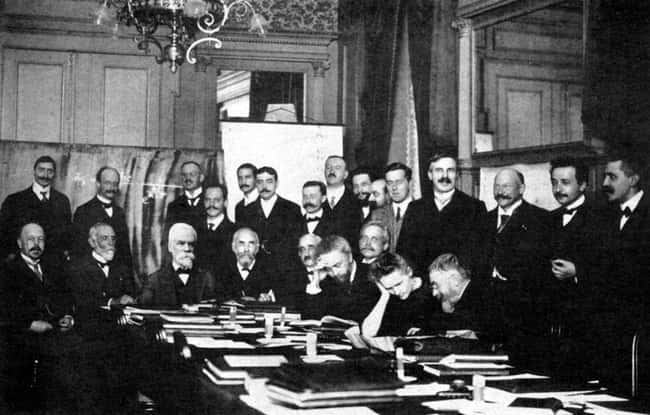
Although Marie Curie never became the first woman to join the French Academy of Sciences (her membership bid fell short by two votes), she did play an important part of several other international organizations. She was a member of the IUPAC Commission on Atomic Weights and was a founding member of the International Commission for Intellectual Cooperation, part of the League of Nations. She also was a member of the French Academy of Medicine, thanks to her work on mobile X-ray machines for World War I.
Curie had the honor of meeting many other scientific luminaries, including Albert Einstein, who wrote her a letter of encouragement after she was denied entry into the National Academy of Sciences.

The Pantheon was built in Paris, France, in the late 1700s in classical style, complete with a dome and columned front facade. Over the centuries, it served alternately as a church and as a federal civic building. Now it is a necropolis, or aboveground vault, filled with the remains of famous French citizens, usually scientists and intellectuals. One cannot simply elect to have their ashes placed in the Pantheon after death – you need to be chosen. Marie Curie is one such chosen person. After her death in 1934, she was cremated, but it wasn’t until 1995 that her ashes were enshrined in the Pantheon.

In 1909, a laboratory for Marie Curie opened up in Paris, France. The Institut du Radium, or Radium Institute, was a joint effort between Curie, the University of Paris, and the Insitut Pasteur. Now known as the Institut Curie, with two locations, one in Paris and one in Warsaw, Poland (Curie’s hometown), it is a nonprofit institution dedicated to finding therapeutic and health-related uses for radioactive materials, most of which are used for treating and curing various types of cancer.

Laisser un commentaire